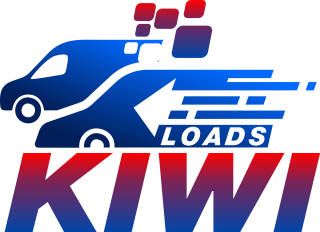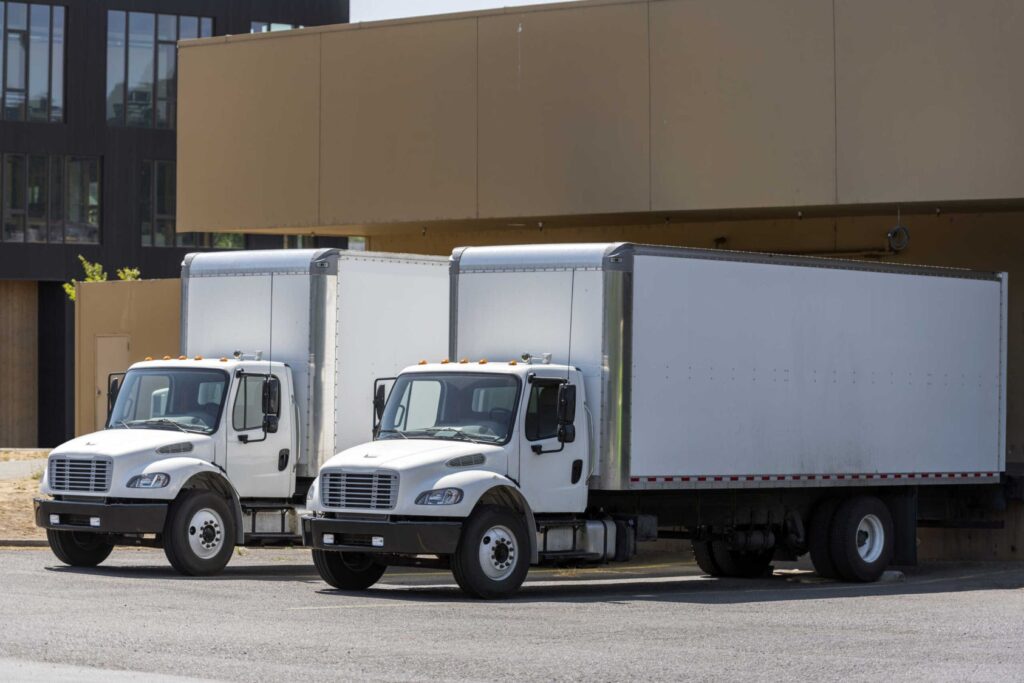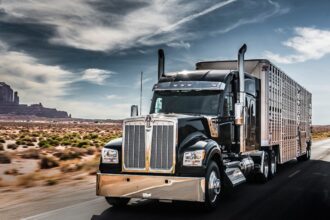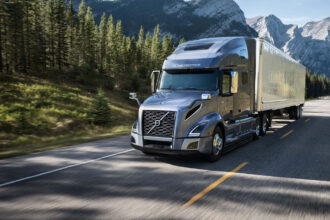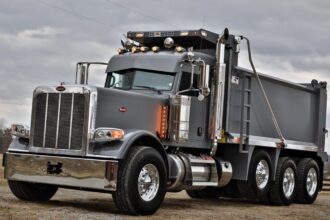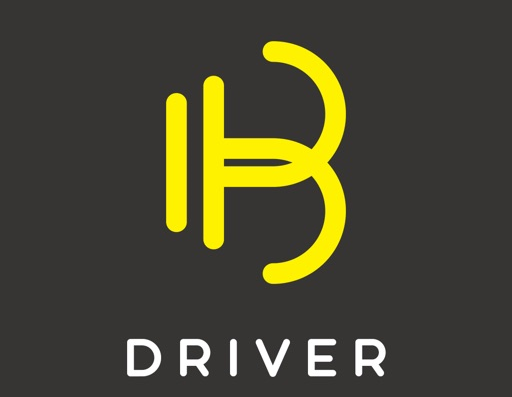Table of Contents
Welcome to the world of the box truck business, where organization is the key to success. In this dynamic industry, having a well-structured box truck business Checklist can be your North Star. This comprehensive guide is your ultimate companion, meticulously crafted to steer you towards profitability and efficiency.
The benefits of this checklist are abundant. Firstly, it ensures you’re prepared for any logistical challenge, from cargo loading to vehicle maintenance. Secondly, it enhances customer satisfaction by guaranteeing timely deliveries and damage-free goods. Moreover, it’s your strategic tool to cut costs and maximize profits by optimizing fuel consumption and driver scheduling.
Planning for this checklist isn’t just a choice; it’s a necessity. In the competitive world of box truck businesses, staying ahead is vital. This checklist empowers you with the authority to excel in every aspect of your operation. It’s the roadmap to reliability, profitability, and customer trust.
So, why wait? Embrace the Box Truck Business Checklist today and witness your business scale new heights with precision and authority.
1. Research and Market Analysis
Study the local market to identify demand for box truck services.
Analyze your competitors to understand their strengths and weaknesses.
Determine your target customer base and their needs.
- Inform decision-making
- Gain a competitive advantage.
- Tailor services
- Mitigate risks
- Consume time
- Incur costs
- Risk data accuracy
- Risk over-analysis
- Analyze the local area to gauge the demand for box truck services.
- Evaluate competitors to identify their strengths and weaknesses in the market.
- Define your specific customer group and understand their preferences and requirements for your services.
2. Business Plan
Create a comprehensive business plan outlining your business goals, strategies, and financial projections.
Include details about your services, pricing, and marketing strategies.
- Facilitates planning.
- Defines goals.
- Offers strategic guidance.
- Provides financial clarity.
- Specifies services.
- Shapes pricing strategies
- Establishes a marketing roadmap.
- Can be time-consuming.
- May lead to potential rigidity.
- Poses accuracy challenges.
- Could limit flexibility.
- May incur resource costs.
- Business Goals: Specific objectives like revenue targets or market expansion
- Strategies: Approaches to achieving your business goals, such as marketing or operations plans.
- Financial Projections: Forecasts of your financial performance, including income and expenses
- Services: Detailed descriptions of your products or services
- Pricing: An explanation of how you set prices and any competitive pricing strategies
- Marketing Strategies: Plans for promoting your offerings, including digital and traditional methods
>>>MORE: Do I Need Authority For Box Truck
3. Legal Structure and Permits
Choose a suitable legal structure for your business (e.g., sole proprietorship, LLC).
Obtain the necessary permits and licenses to operate legally in your area.
- Ensures legal compliance
- Enhances credibility
- Protects personal assets
- Offers tax benefits
- Involves complexity and costs.
- Subject to regulatory changes
- May impose restrictions
- Creates administrative burden
- Select an appropriate legal structure for your business, such as a sole proprietorship or LLC, to define its ownership and liability structure.
- Ensure you acquire all the required permits and licenses specific to your area to operate your business in compliance with local regulations and laws.
4. Box Truck Acquisition
Decide whether to buy or lease box trucks based on your budget.
Ensure your vehicles are well-maintained and meet safety regulations.
- Involves a lower upfront payment.
- Include maintenance and repairs.
- Offers the ability to lease newer and more advanced trucks.
- Does not result in truck ownership.
- Involves ongoing monthly payments.
- Often comes with mileage limits.
- Evaluate your financial resources and establish a clear budget for acquiring box trucks.
- Calculate the maximum amount you can allocate to either buying or leasing, factoring in initial costs and ongoing expenses.
- Consider the upfront investment required for purchasing and budget accordingly.
- Analyze your short-term needs and flexibility requirements.
- Make a strategic decision based on your financial situation and business objectives.
- Create a maintenance schedule that covers regular tasks such as oil changes, tire rotations, brake inspections, and more.
- Assign responsibilities for maintenance tasks, ensuring they are performed promptly.
- Familiarize yourself with local, state, and federal safety regulations pertaining to box trucks.
- Ensure that your box trucks meet all safety standards, including vehicle inspections, driver qualifications, and cargo security.
- Conduct regular safety training for your drivers to keep them informed about regulations and safe driving practices.
- Stay up-to-date with any changes in safety laws and adapt your operations accordingly.
5. Insurance
Purchase commercial auto insurance to protect your trucks and cargo.
Consider liability insurance to safeguard against potential accidents.
- Protects assets
- Ensures legal compliance
- Covers liability
- Provides peace of mind
- Involves costs
- Complexity arises
- Requires accurate risk assessment.
- May lead to premium increases.
Commercial Auto Insurance
Purpose – Protects trucks and cargo.
- Coverage includes damage, theft, vandalism, and cargo protection.
- Benefits: It safeguards assets from financial losses.
- Costs: Premiums vary based on factors.
- Considerations: Select a suitable policy for your needs and budget.
Liability Insurance
Purpose – Shields your business from accident costs.
- Coverage includes bodily injury and property damage.
- Benefits: Covers medical, repair, and legal expenses.
- Costs: Premiums depend on coverage and history.
- Considerations: Often a legal requirement, it offers peace of mind.
6. Staffing and Training
Hire skilled and reliable drivers with the necessary licenses.
Provide training on safety procedures, customer service, and company policies.
- Ensures competence and reduces risk.
- Enhances workplace safety and minimizes accidents.
- Improves customer satisfaction and boosts reputation.
- Promotes consistency and minimizes conflicts.
- Can be expensive.
- Can be time-consuming.
- May result in a loss of training investment.
- Can be administratively challenging.
- Ensure you hire licensed and skilled drivers.
- Train drivers on safety, including road safety and passenger/cargo handling.
- Provide customer service training for drivers to enhance their interaction with passengers.
- Make sure drivers are familiar with and follow company policies and procedures.
- Establish ongoing training to keep drivers updated on safety, customer service, and policy changes.
Overview of the Box Truck Business Checklist
Starting a box truck business is a promising venture, but success hinges on careful planning. The Box Truck Business Checklist is your roadmap to triumph in this industry. It covers essential aspects, ensuring you’re well prepared.
First, it guides you on vehicle selection, emphasizing size, condition, and maintenance. Then, it dives into legal requirements—licenses, permits, and insurance—to keep you compliant.
Logistics and routes are paramount. The checklist helps you strategize for efficient deliveries and customer satisfaction.
Cost management is a core focus, detailing expenses like fuel, maintenance, and staffing. Marketing tips are included, showcasing methods to attract clients.
Lastly, safety protocols ensure smooth operations and driver well-being.
The Box Truck Business Checklist is your comprehensive guide to launching and running a successful box truck business.
How to Choose from the Box Truck Business Checklist
- Choose the right box truck for your needs. Consider size, condition, and features. New or used, leasing or buying are all options to explore.
- Get commercial auto insurance and liability coverage. This is crucial to protecting your business and assets in case of accidents or damages.
- Ensure you have the required permits and licenses to operate legally in your area.
- Establish a regular maintenance schedule for your truck to keep it in good condition. Find a reliable mechanic or service provider.
>>>PRO TIPS: Is a Box Truck Business Profitable
Pros and Cons of the Box Truck Business Checklist
Pros
- Offers profit potential.
- Provides versatility in cargo transport.
- Ensures a steady demand.
- Has a relatively low entry barrier.
- Offers the potential for reliable income.
- Allows for flexible work hours.
- Enables scalability as the business grows.
- Facilitates local networking opportunities.
- Provides potential tax benefits.
- Grants independence to make business decisions.
Cons
- Requires an initial investment.
- Involves ongoing operational costs.
- Involves navigating complex regulations.
- Faces intense competition.
- Results in variable income.
- Experiences depreciation of assets.
- Presents driver recruitment challenges.
- May encounter maintenance-related downtime.
- Vulnerable to economic fluctuations.
- Carries liability for accidents and cargo damage.
What to Watch Out For
- Keep a close eye on expenses, including fuel, maintenance, and labor costs. Look for ways to reduce overhead.
- Select reliable and qualified drivers.
- Ensure your truck meets all safety requirements.
- Register your business and obtain any necessary licenses and permits.
- Consider using GPS and route-planning software.
Pro Tips
- Create clear contracts and agreements for your clients. Include terms, rates, and responsibilities to protect both parties.
- Familiarize yourself with safety regulations and compliance standards for transporting goods.
- Provide excellent customer service to build a positive reputation and secure repeat business.
- Ensure your business has appropriate insurance coverage, including liability and cargo insurance, to protect against potential losses.
Recap
The Box Truck Business Checklist serves as a tailored blueprint for your specific journey into the box truck industry. By customizing this checklist to align with your unique goals, resources, and circumstances, you’ve taken a crucial step towards setting up a successful box truck business.
This checklist’s adaptability allows you to address the specific challenges and opportunities that resonate with your vision. Whether it’s selecting the right truck models, obtaining permits in your region, or fine-tuning your marketing strategy, this checklist empowers you to make informed decisions.
Furthermore, it highlights the importance of ongoing evaluation and adjustment, recognizing that the business landscape is ever-evolving. By regularly revisiting and refining your checklist, you can stay agile and responsive to changing market conditions.
Ultimately, the Box Truck Business Checklist is a dynamic tool that puts you in control of your entrepreneurial journey. It not only guides your initial steps but also evolves with your business, helping you adapt and thrive in the competitive world of box truck operations.
